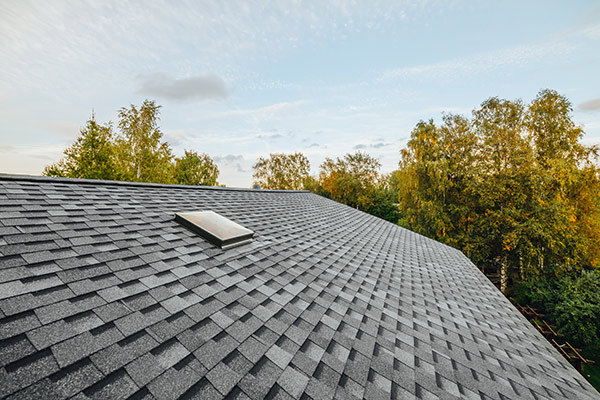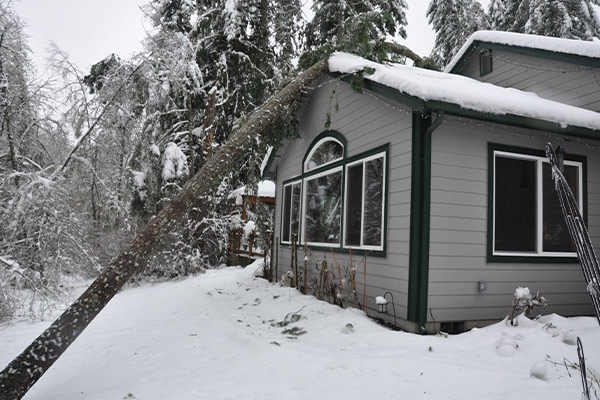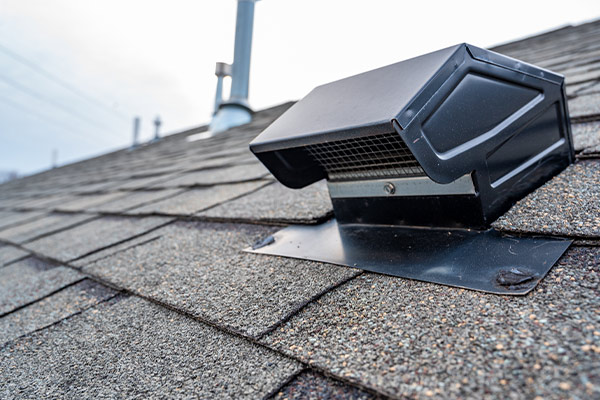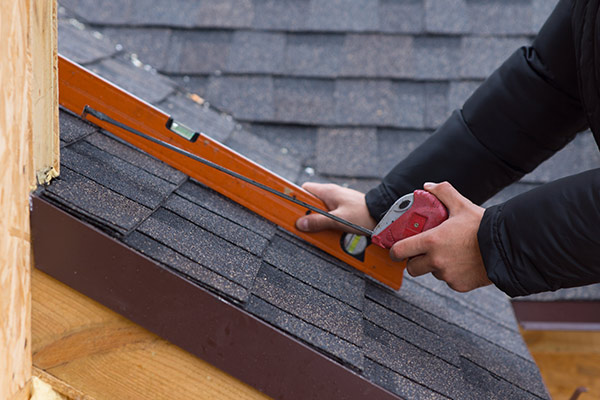Table of Contents
ToggleNavigating the world of homeowners insurance can feel like a daunting task, especially when it comes to understanding coverage for a new roof. You might wonder if your policy will cover the costs when nature takes its toll or if you’re left footing the bill. Knowing when your insurance will pay for a roof replacement is crucial for making informed decisions and ensuring your home remains protected.
Typically, insurance policies cover roof replacements if damage results from unexpected events like storms, fires, or vandalism. However, wear and tear over time might not be covered, leaving you responsible for maintenance. It’s essential to familiarize yourself with your policy’s specifics to avoid surprises.
Before you file a claim, assess the damage and gather evidence to support your case. Understanding the nuances of your coverage can save you time, money, and stress, ensuring you’re prepared when the unexpected happens.
Understanding Roof Insurance Coverage
Understanding the intricacies of roof insurance coverage aids in determining when insurance pays for a new roof. Policies vary, so it’s crucial to know what damage types qualify for replacement insurance.
Types of Roof Damage Covered by Insurance
Insurance typically covers sudden and accidental damage. Storms, fires, and hail are common events included under insurance coverage for roof damage. If a heavy storm with high winds damages your roof, your policy probably offers support. Fires often lead to severe damage, and policies generally cover the subsequent roof repairs or replacements. Hail can easily cause roof punctures, and insurers usually consider this for coverage.
Insurance payout for roof replacement hinges on policy terms. Some policies might cover full replacement, while others may offer depreciated value based on roof age. Familiarize yourself with these terms to avoid unforeseen expenses. Certain policies exclude wear and tear or neglect damage. Regular maintenance helps ensure you don’t face denials due to neglect. Qualifying for roof replacement insurance requires understanding these nuances, so reviewing your policy’s specifics is essential.
Gather detailed evidence, including photos and repair estimates, when filing a roof damage claim. This aids in meeting roof damage claim requirements and streamlining the process. Understanding these insurance criteria for roof repairs ensures clarity in coverage, reducing unexpected costs.
Factors Affecting Insurance Coverage for Roof Replacement
Understanding the factors influencing insurance coverage for roof replacement helps ensure you effectively manage your roof damage claim requirements and avoid unexpected costs.
Age of the Roof
The roof’s age plays a crucial role in insurance decisions. For roofs over 20 years old, insurers might limit coverage due to increased risk. Newer roofs typically qualify for roof replacement insurance, often covering full costs. Some providers include depreciation, especially if the roof’s life expectancy is near its end. Ensure you know how your roof’s age aligns with insurance criteria for roof repairs by reviewing your policy.
Type of Damage
Insurers generally cover sudden, accidental damage. Storms, hail, and fires often meet the conditions for insurance payout for roof replacement. Wear and tear, however, usually falls under maintenance, which isn’t covered. It’s vital to comprehend insurance coverage for roof damage when filing a claim. Document incidents with photos and reports to strengthen your claim and align with your insurer’s criteria.
Policy Details
Your insurance policy outlines what damages qualify for replacement. Policies vary in terms and conditions, so scrutinize details about exclusions and limits. Some policies cover the depreciated value, while others might pay for full replacement. To fully understand qualifying for roof replacement insurance, contact your insurer for specifics. By knowing these details, you can effectively navigate policy constraints and maximize your coverage potential.
Types of Insurance Policies
Different insurance policies dictate how insurance covers roof replacement, affecting the payout received. Understanding these policies helps you manage expectations during a roof damage claim.
Actual Cash Value (ACV) Policy
An Actual Cash Value (ACV) policy provides coverage based on your roof’s depreciated value at the time of the damage. This policy considers age and condition when calculating the payout for roof replacement insurance. As roofs age, they lose value due to wear and tear, lowering the potential reimbursement.
For example, if a storm damages a ten-year-old roof, the insurance company subtracts depreciation, providing only the current market value rather than full replacement costs. ACV policies often result in out-of-pocket expenses since they might not cover the total cost of a new roof. To qualify for roof replacement insurance under an ACV policy, ensure the damage meets your insurer’s criteria for sudden, accidental events, such as hail or windstorms.
Replacement Cost Value (RCV) Policy
A Replacement Cost Value (RCV) policy pays for the full cost of replacing your roof, ignoring depreciation. This insurance coverage for roof damage helps ensure you receive enough funds to purchase a new roof of similar type and quality. When filing a roof damage claim under an RCV policy, insurers require evidence of the damage.
Meeting roof damage claim requirements, such as providing photographs and repair estimates, facilitates smooth processing. Built into the policy, these criteria for roof repairs withstand scrutiny, making RCV policies more favorable for homeowners seeking comprehensive coverage. With an RCV policy, insurance payout for roof replacement generally aligns closely with the actual costs incurred, reducing personal expenditure.
Filing a Claim for Roof Replacement
Understanding how to file a claim for roof replacement can ensure you receive coverage smoothly. Follow these steps to navigate the insurance process efficiently and maximize your insurance payout for roof replacement.
Step 1: Document the Damage
Collect evidence to support your claim by documenting the damage thoroughly. Use a camera to take clear photos of all affected areas, including close-ups of the most significant damage. Make sure to capture the time and date of the incident, as these details are crucial for qualifying for roof replacement insurance. A written record of events leading to the damage can strengthen your roof damage claim requirements. Look for any external factors such as fallen branches or debris that indicate unexpected incidents rather than wear and tear.
Step 2: Get a Professional Inspection
Arrange a professional inspection to evaluate the extent of the damage. Certified roof inspectors provide comprehensive reports that detail specific repair needs and justify insurance coverage for roof damage. The inspector’s expertise ensures that the damage isn’t mistakenly labeled as wear and tear. Request an itemized estimate of repair or replacement costs, which you’ll submit alongside your roof damage claim requirements. This documentation bolsters your case, supporting your argument for a full roof replacement based on the inspector’s findings.
Step 3: File the Claim
Submit your claim to your insurance company with the gathered evidence and inspection report. Start by reviewing your policy to ensure you meet the insurance criteria for roof repairs. Fill out the claim form accurately, attaching photos, inspector reports, and repair estimates. Use clear language and provide concise information to avoid processing delays. If needed, reach out to your insurance company to verify the process and confirm that all necessary documents are included, which speeds up claim processing.
Step 4: Meet with the Insurance Adjuster
Arrange a meeting with the insurance adjuster assigned to your case. The adjuster’s assessment determines the insurance payout for roof replacement, so prepare by reviewing all documentation and understanding your policy terms. Accompany the adjuster during their inspection to explain the damage and highlight critical areas identified in the professional report. Address any questions and provide any additional information they may need, ensuring a smooth evaluation process. Being proactive during this step can positively influence the adjuster’s final assessment and the resulting coverage.
Handling Discrepancies in Estimates
Navigating discrepancies in repair estimates requires effective communication with your insurance company. When differences arise between your contractor’s estimate and the insurance adjuster’s assessment, the first step involves reviewing both documents closely. Ensure clarity on the scope of work, materials, and costs outlined by both parties. If inconsistencies are found, document them carefully, noting specific components of the roof damage claim that could affect the insurance payout for roof replacement.
Request clarification from your insurance provider on any discrepancies. It’s often helpful to arrange a joint meeting involving the contractor and the adjuster. During this meeting, encourage an open discussion about the repair scope, qualifying for roof replacement insurance, and specific insurance criteria for roof repairs. The contractor can offer insights into industry standards, supporting your case for necessary repairs.
Consider obtaining a third-party inspection if substantial discrepancies persist. An independent evaluation provides an impartial perspective, potentially bridging the gap between estimates. Present this new estimate to your insurer, alongside evidence supporting your original claim. Highlight how the third-party findings align with the policy terms related to insurance coverage for roof damage.
Finally, understanding your policy’s appeal process ensures you can challenge decisions effectively if there’s still disagreement. Often, policies include formal procedures for disputing claim outcomes, allowing for further negotiation. By addressing discrepancies promptly and thoroughly, you increase the likelihood of resolving conflicts and securing the appropriate coverage for your repairs.
Does Insurance Cover Older Roofs?
Insurance often considers the age of your roof when determining coverage eligibility. Older roofs can present challenges for insurance coverage for roof damage, as many policies impose age-related limitations. Typically, insurers may reduce coverage or deny claims for roofs over 20 years old due to higher susceptibility to wear, tear, and deterioration.
Qualifying for roof replacement insurance on an older roof hinges on meeting specific criteria. If the roof shows signs of sudden and accidental damage, like storm impact or fire, it’s likely to qualify for coverage. However, routine maintenance neglect or normal aging doesn’t meet insurance criteria for roof repairs. Thus, ensuring regular roof inspections and upkeep strengthens your position when filing a roof damage claim.
Insurance payout for roof replacement depends on your policy’s structure. Actual Cash Value (ACV) policies consider the roof’s depreciated value, usually resulting in lower payouts as roofs age. In contrast, Replacement Cost Value (RCV) policies cover the total replacement cost, offering better reimbursement for older roofs if they apply. Reviewing policy details helps you understand which type of payout applies and whether pursuing a claim is worthwhile.
Understanding your policy’s terms and the specific roof damage claim requirements is crucial. Keep thorough documentation of maintenance history and any previous repairs to support your claim. By aligning with your insurer’s conditions, you can enhance the likelihood of securing coverage for an older roof.
Roofs R Us Can Help You With Your Claim
Navigating the complexities of insurance coverage for roof replacement can be daunting but understanding your policy and the claim process is key. By knowing what types of damage are covered and documenting everything meticulously, you can increase the likelihood of a successful claim.
Whether your policy is based on Actual Cash Value or Replacement Cost Value, being proactive and informed will help you manage expectations and maximize your coverage. Regular maintenance and thorough documentation are your best allies in securing the coverage you deserve. If you need expert guidance, Roofs R Us is here to assist you every step of the way.
